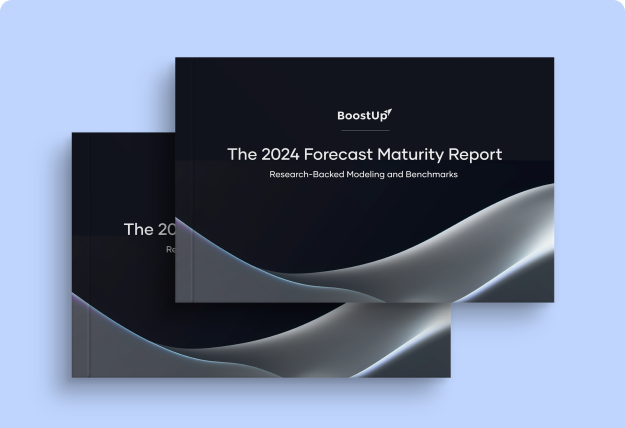The Revenue Blog /
Insight Selling is the Way Forward, According to G2 CRO
Insight Selling is the Way Forward, According to G2 CRO

Topics covered in this article
We recently had the pleasure of sitting down with Mike Weir, CRO of G2. In a fireside chat with BoostUp CEO Sharad Verma, the two discussed the shifts that have occurred within the world of buying in selling, why they happened, and how sellers must adapt. They also covered how insight-based selling provides more actionable data to sales reps to help them be more successful in today’s environment and in the future.
How the World of Buying and Selling Has Evolved
If you haven’t noticed, buyers are now in control. How did this happen?
“It is now imperative sales, operations, and revenue leaders equip their teams with real-time sales insights to maximize their impact on the sales in as short of a period as possible. This accelerates revenue growth and drives much more accurate forecasts."
-- Mike Weir, Chief Revenue Officer | G2
Information Availability
Information availability is at its peak, and buyers use platforms just like G2 to educate themselves, create a shortlist of solutions, and run a highly focused buying process that is dedicated to their needs. This focus ensures that they get the answers to the questions that they want, and leaves little room for sellers to influence outcomes.
Shortened Sales Cycle
Contrary to nearly a decade of expansion, the sales cycle has officially shortened, with smaller and midsize companies able to make a decision in less than a month. This is largely a function of buyers being more informed, as they have rapid access to information about real-life business outcomes associated with certain solutions.
Further, the buying committee is no longer linear. Before, top-level leadership would state the need, and the education and evaluation would trickle downwards. Now, members of buying committees work in parallel with one another. As Mike says, “The CMO is building their opinion while the CIO is doing the final vetting.”
Hyper-Competitive Marketplace
This shortened sales cycle and highly informed buyers have mixed with a large number of solutions available within any given market to create a hyper-competitive marketplace.
Buyers are willing and able to immediately change solutions if one does not provide the value that they desire. Mike says, “You can make positive changes quickly and easily if you are willing to tolerate the risk and we are seeing a lot of companies do that.” The right tools and platforms have become essential to growth, and companies are willing to do what it takes to achieve their desired business outcomes. This means that the sales process is ongoing, for both the winners and losers of a deal.
“If you’re not perpetually delivering positive experiences, you could lose your customer,” says Sharad. There are many factors today that make it very easy for a customer to leave you for a different solution.
How Sellers Will Succeed
More than ever, selling is about keeping your eyes open for the right signals and the right moments. “It’s cliche to say, but you need to be consultative,” says Mike, “we’ve been saying this for a while and still most have not gotten it right.”
Sellers should be paying attention to what the buyer is researching, what pages and content they are consuming, the outcome they seek and adapt to that. That is the purpose of insight-driven selling.
How Insight-Driven Selling Helps
Insight-driven selling provides sales reps with the insights they need to engage the right contact, at the right moment, with the right content.
When it comes to working with buyers. The debate is no longer on buying the product, or the price. It is about proving the business outcome that will be delivered by the solution.
How to Use Data from Insight-Selling in Forecasts
First at LinkedIn now at G2, says Mike, there is zero reliance on static forecasting. There is no such thing as just the commit number and the outcome. If you look at the historical difference between your team’s commits and what was delivered, you will see massive disparities that simply cannot be brought to a board or put in front of anyone.
Instead, Mike recommends a pacing model that looks at the historical pattern of performance at a rep, team, and segment level. He uses a data model that examines the nuances of pipeline development, close rates, deal size, and so on to generate a next-quarter prediction based on the stated metrics from the prior four quarters. This helps to balance seasonality, better, or worse periods of performance.
This pacing model powers conversations at every level of the organization. Rather than meetings being about progress against committed numbers, they are about the difference in pipeline prediction and why.
For example, in individual coaching sessions, front-line managers can go by deal by deal with their reps. They can say, based on your prior performance, you will find five more deals this quarter, where do you think they are now?
To get the full recording of Sharad’s conversations with Mike Weir, click the link below.




-Photoroom.png)